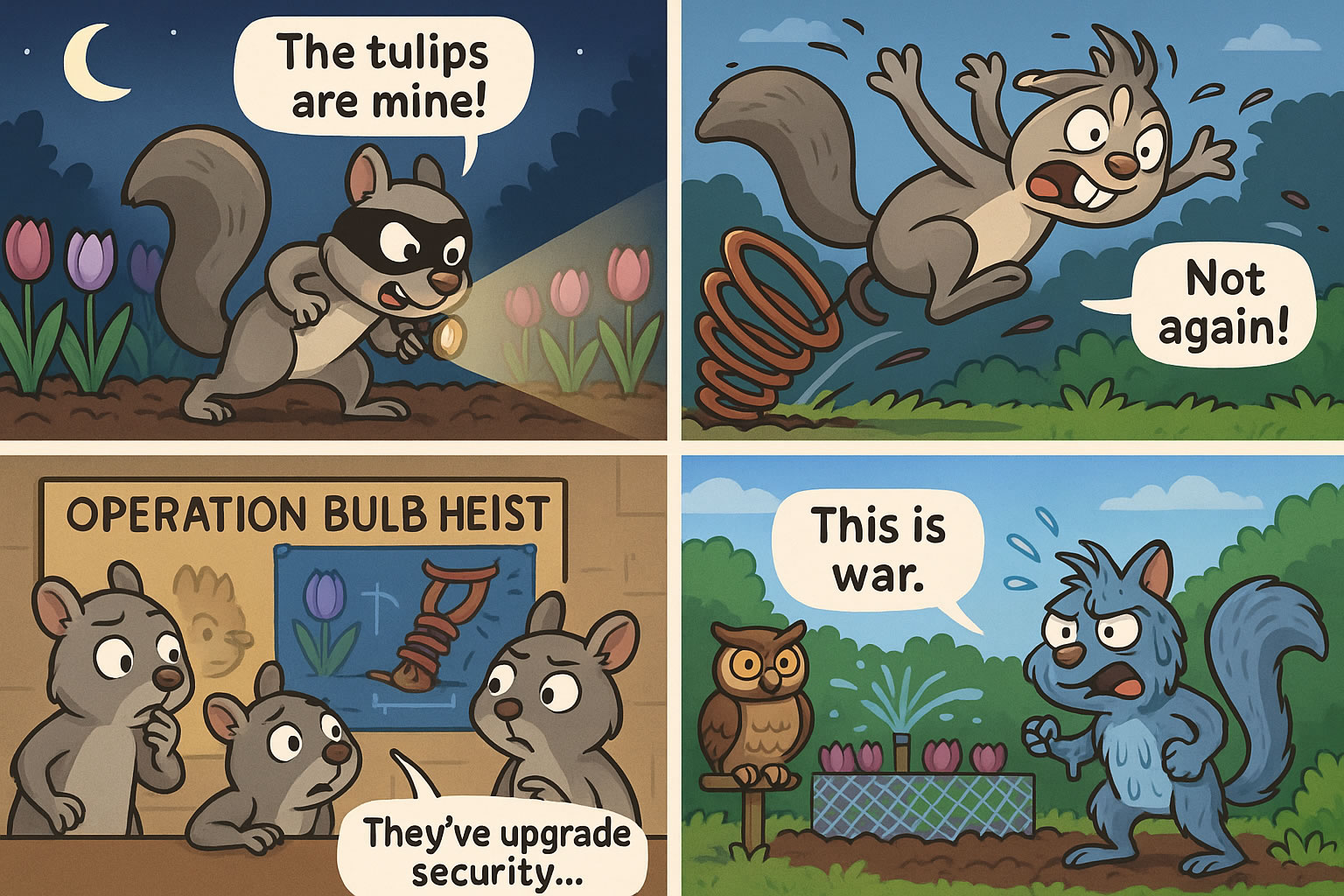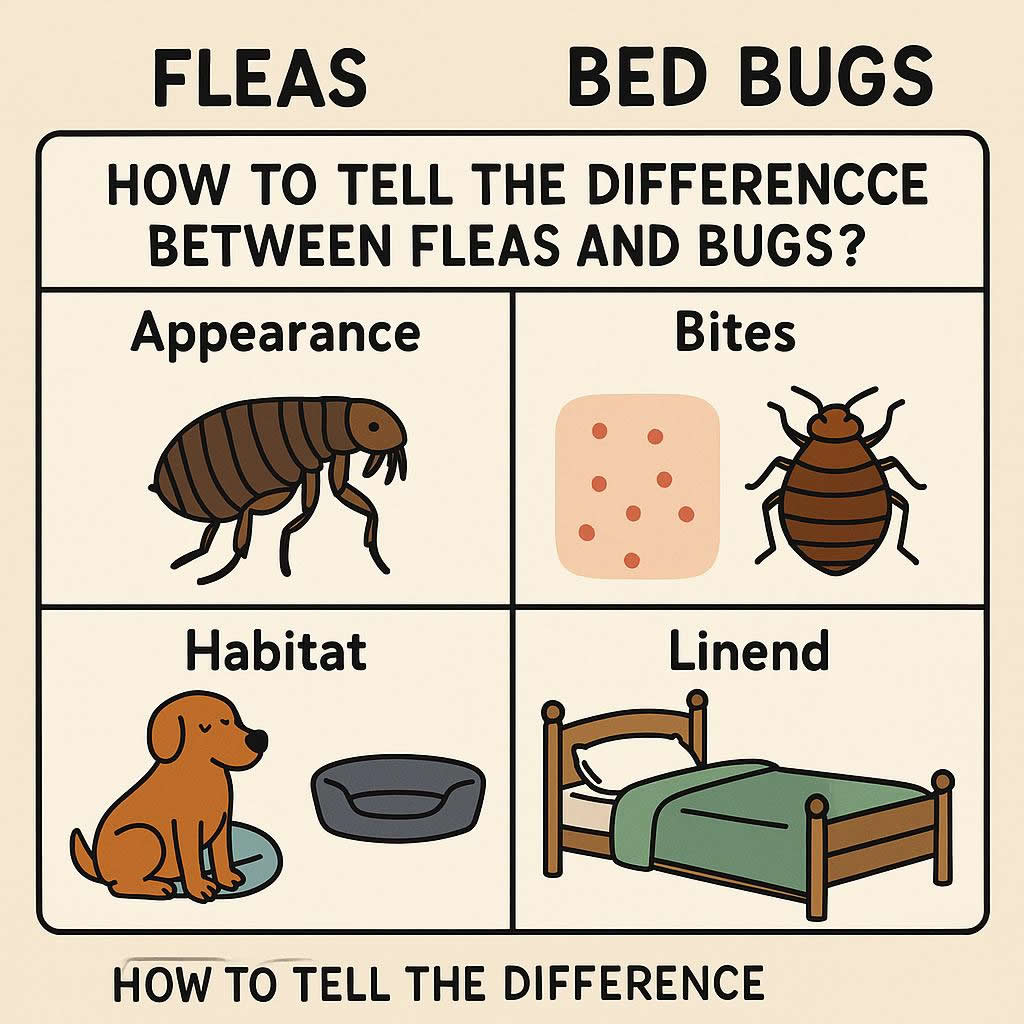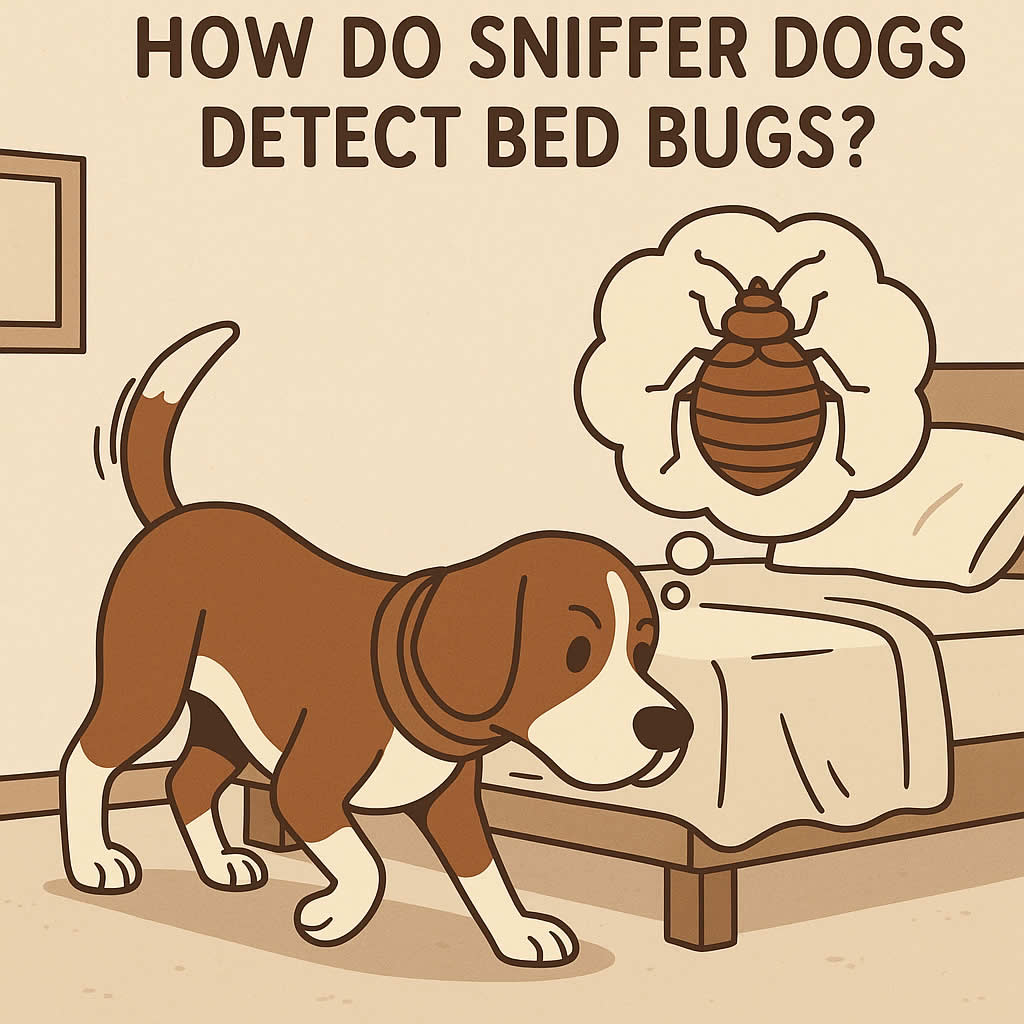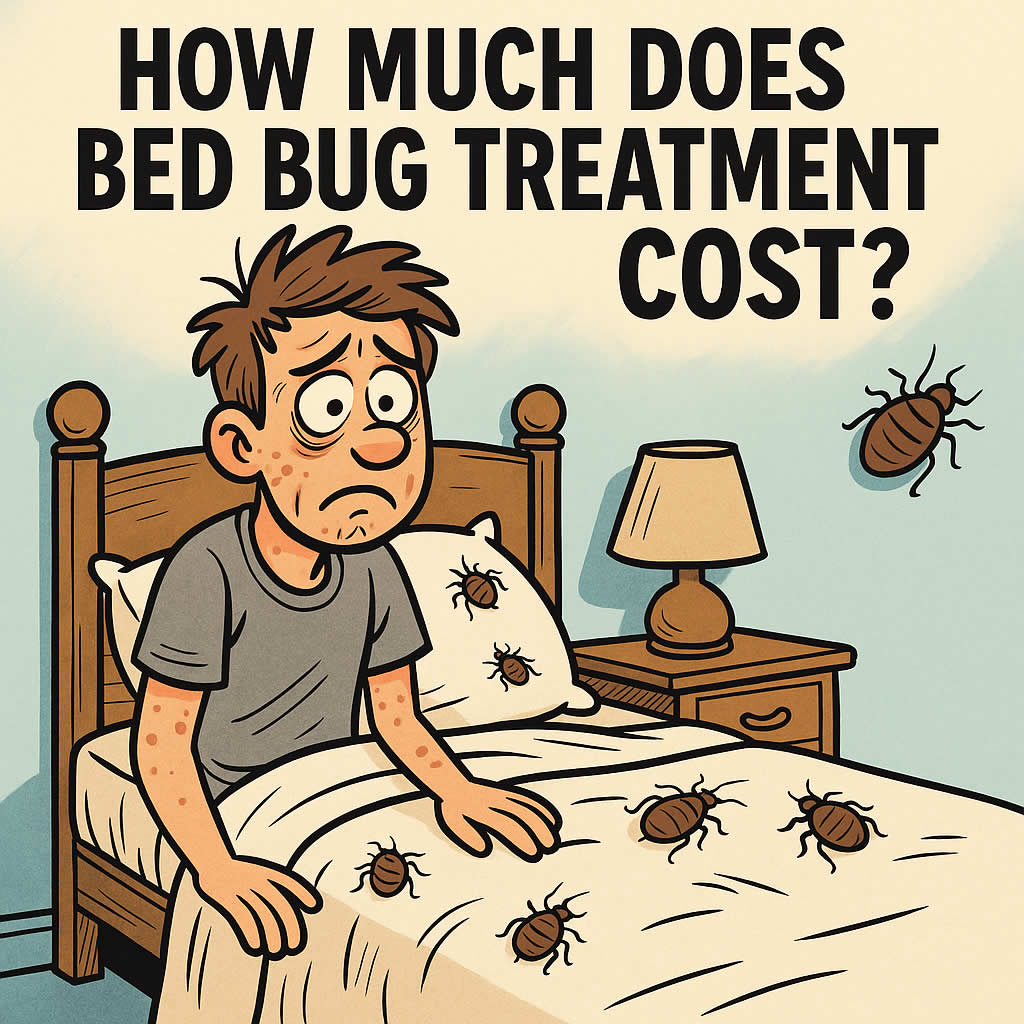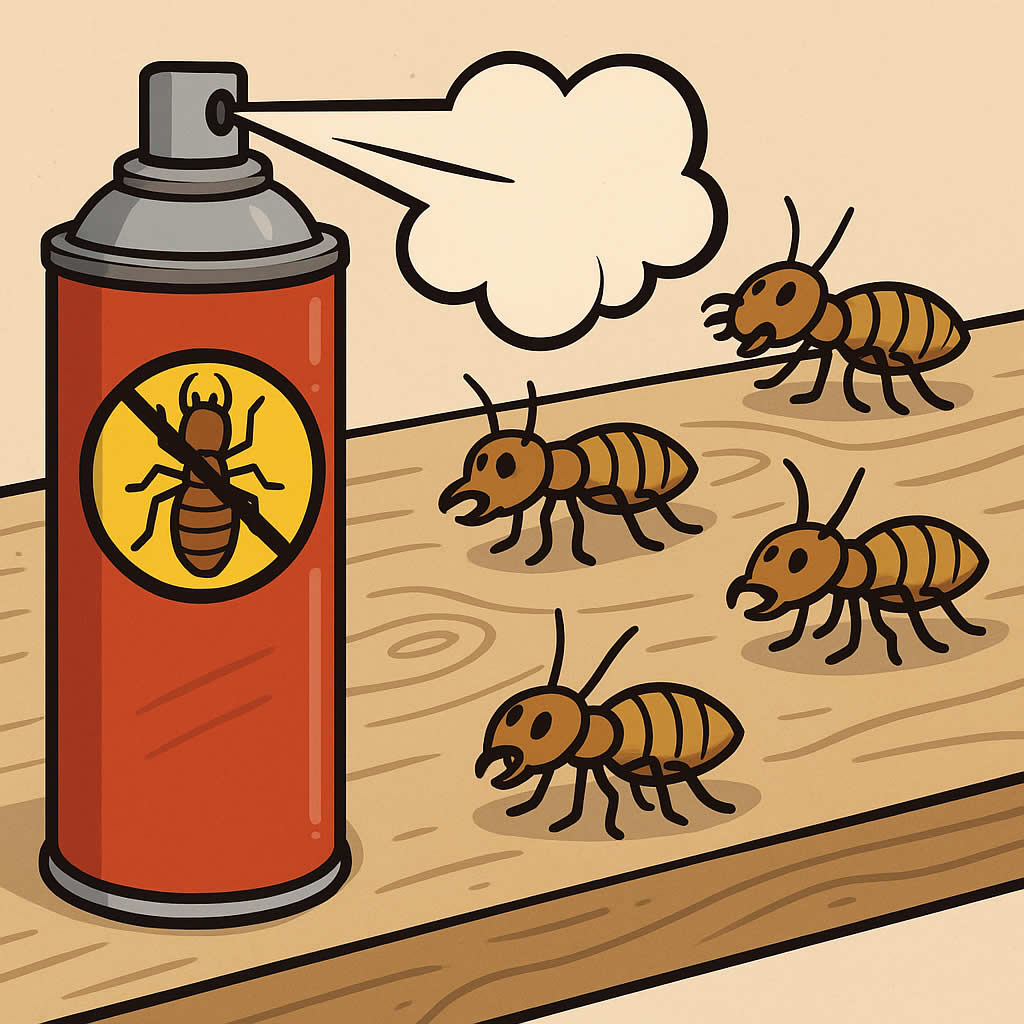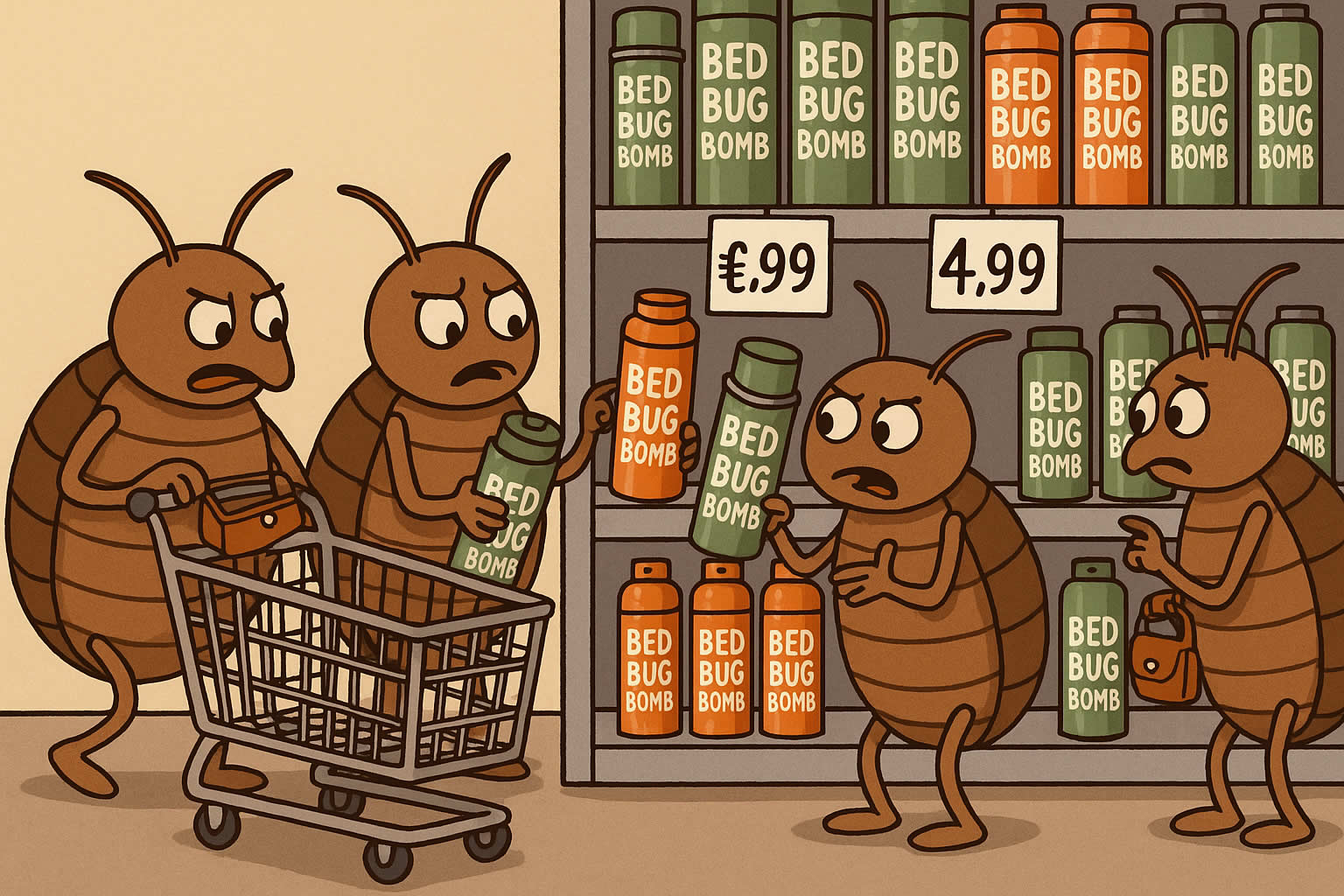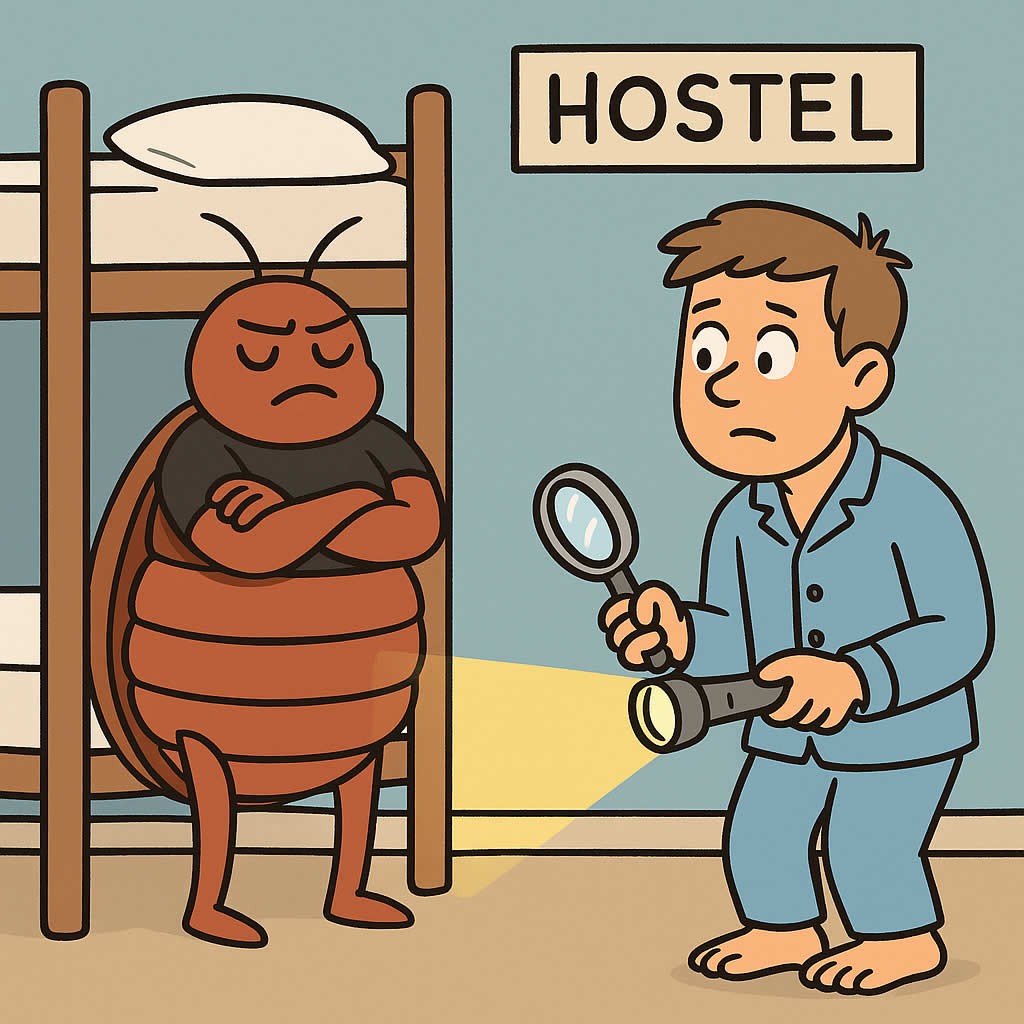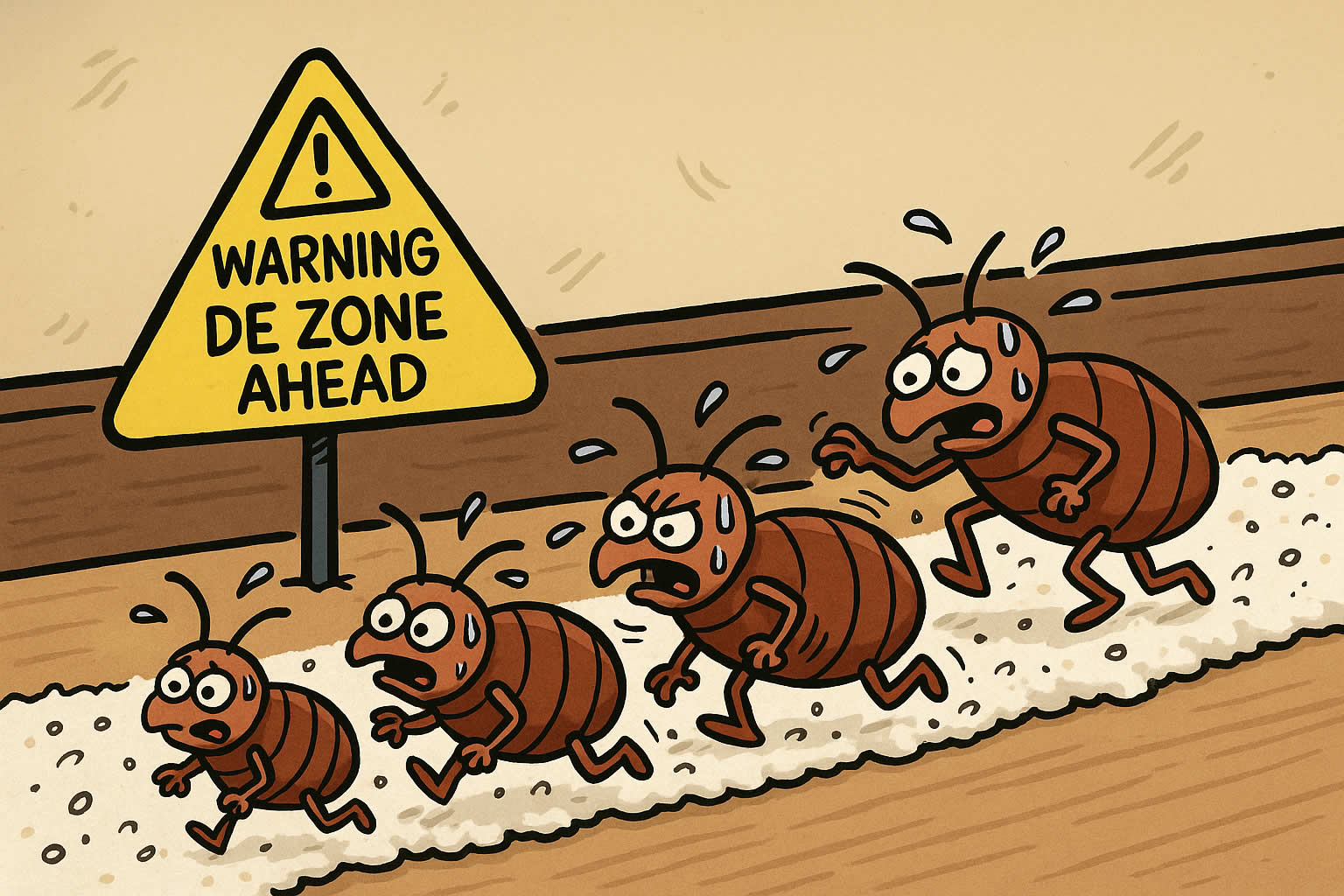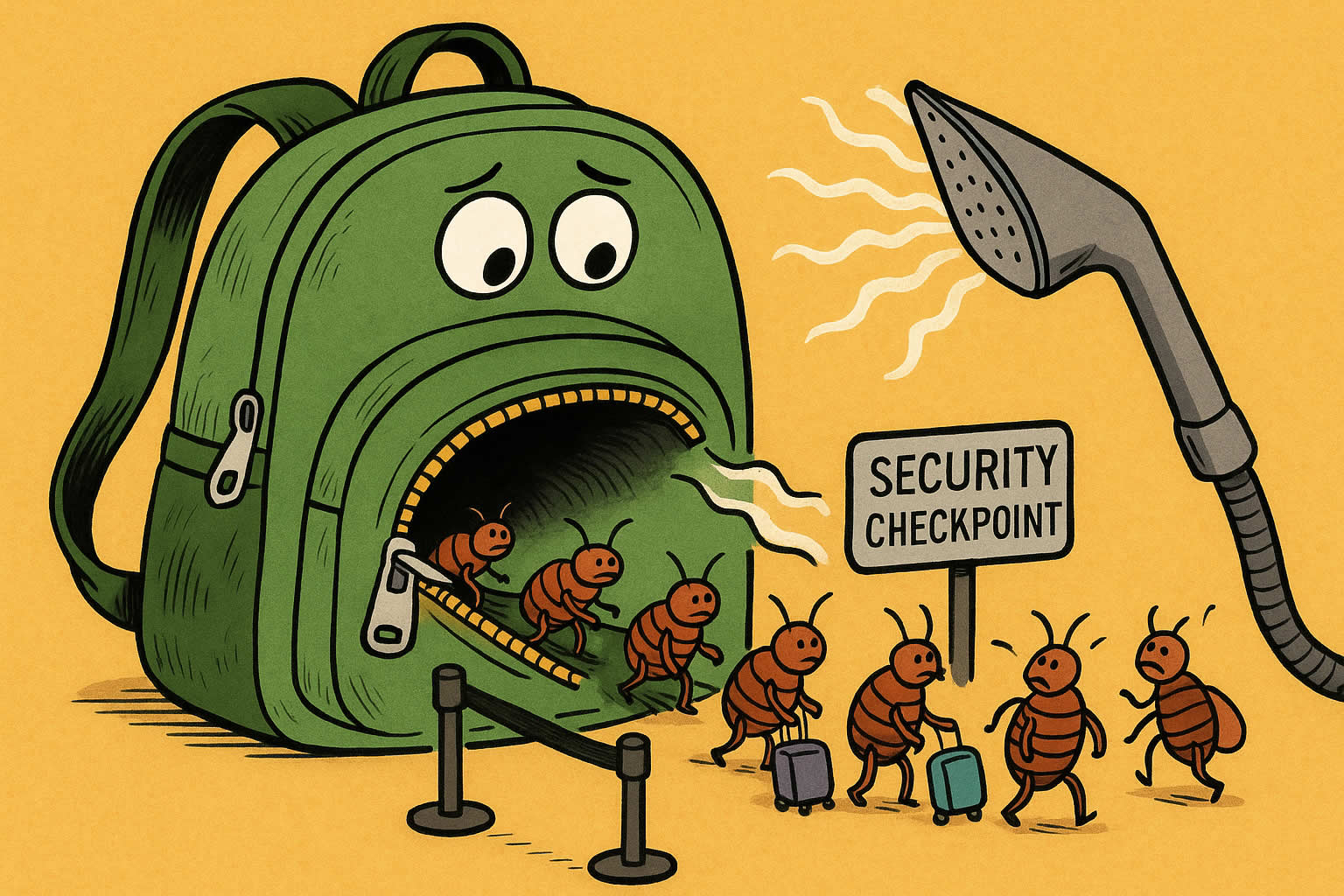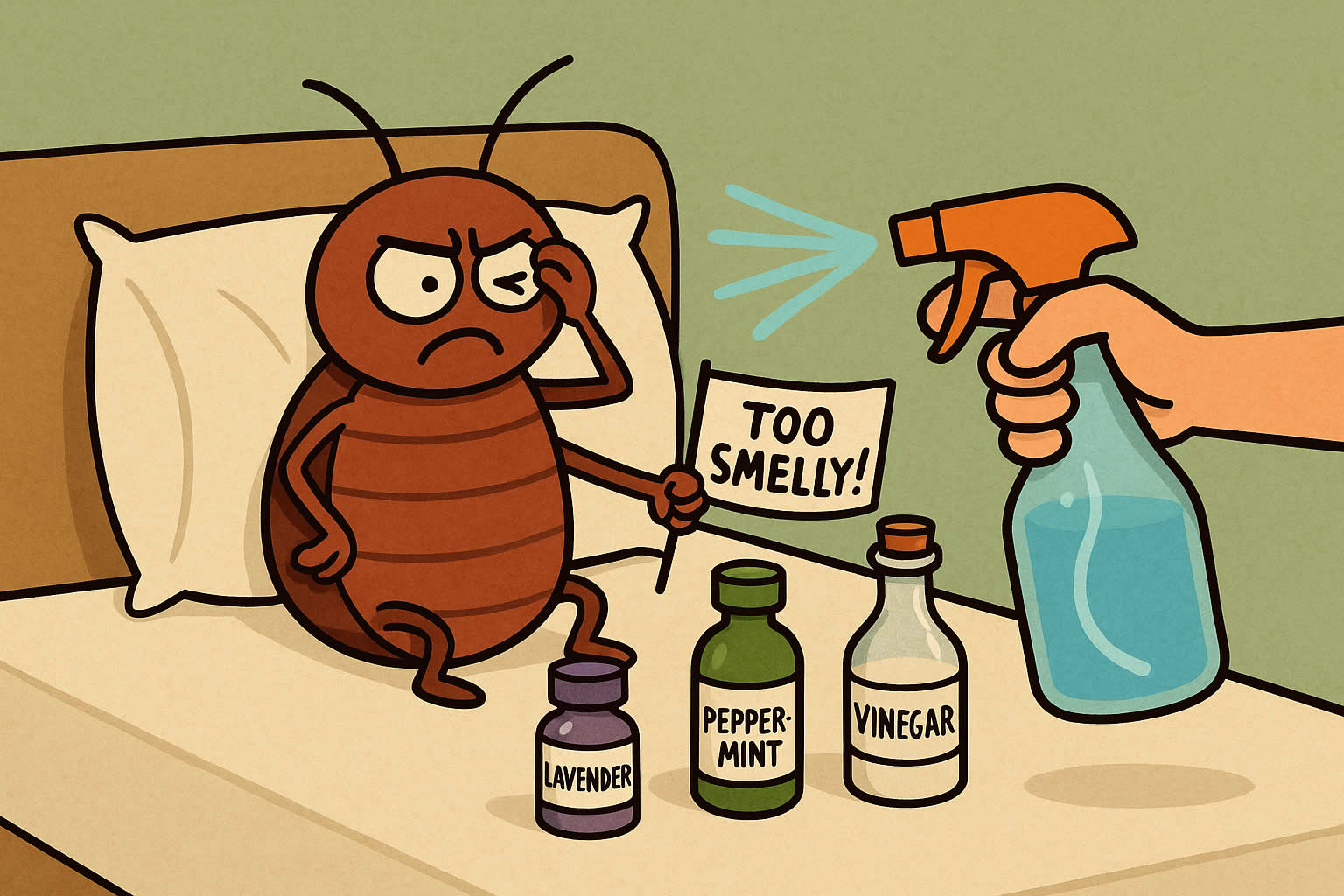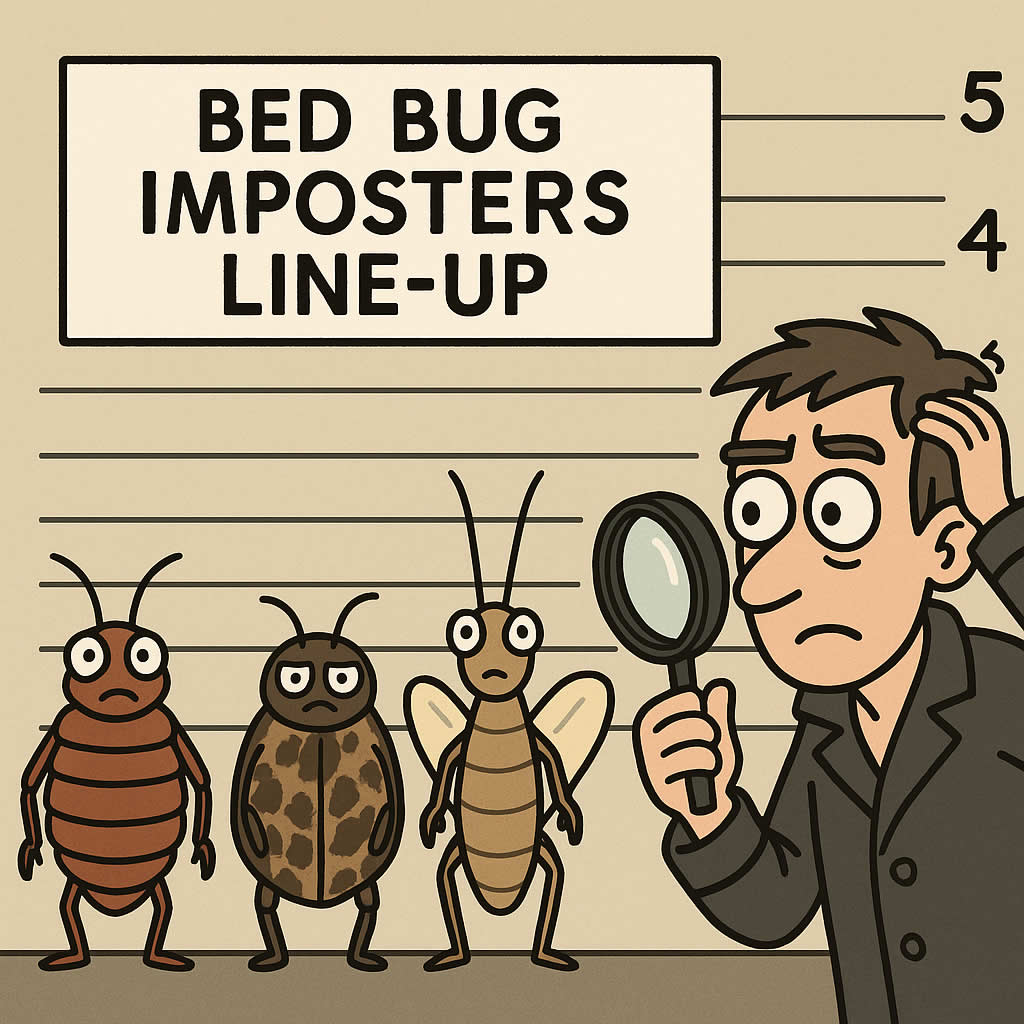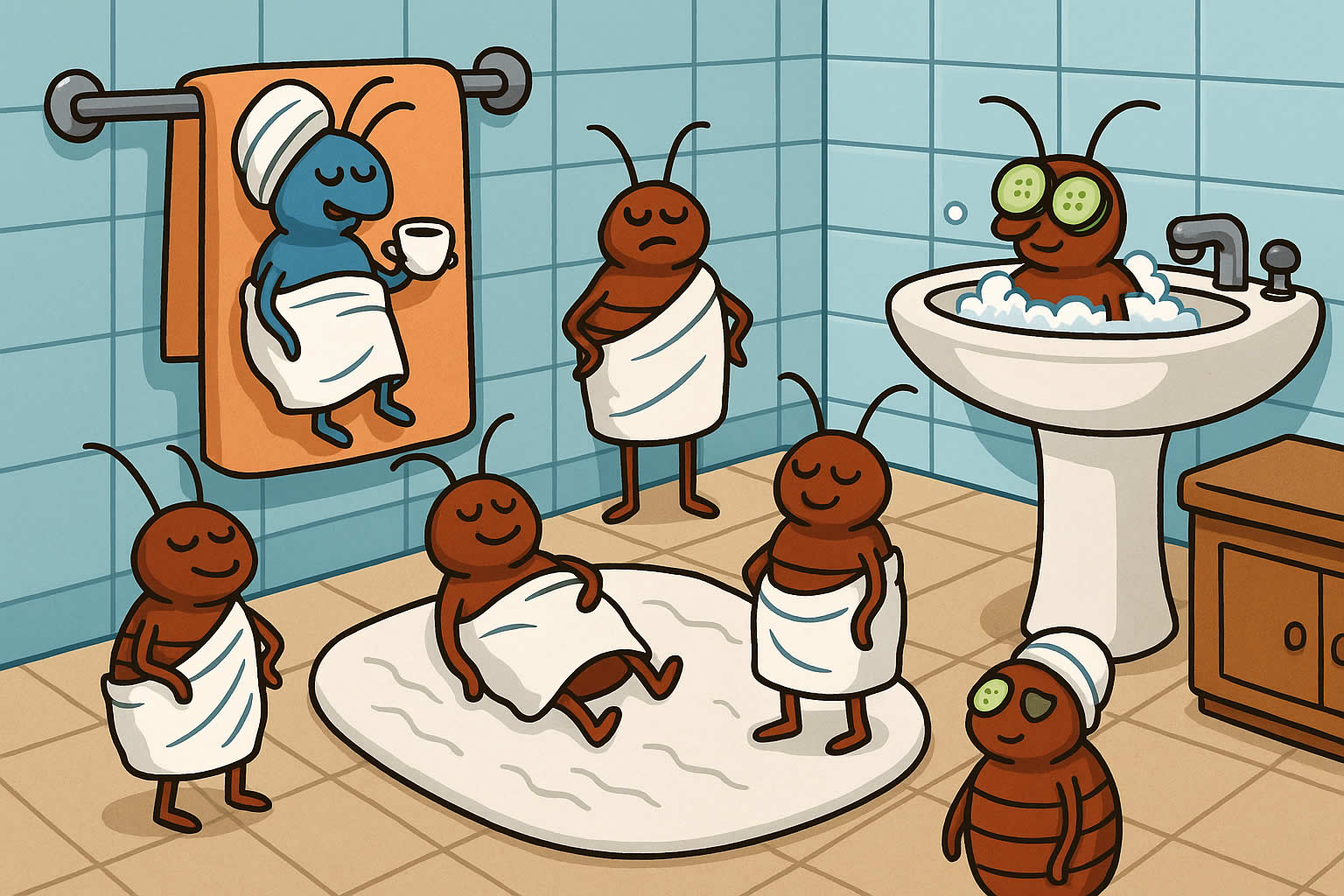Related Queries
ToggleDid you know that the White House garden plants approximately 12,000 tulip bulbs each year to prevent squirrels digging up bulbs? This staggering number highlights a frustration that many of us gardeners share – those pesky squirrels that treat our carefully planned gardens like their personal buffet and storage facility.
If you’ve ever wondered “do squirrels eat bulbs?” the answer is yes – particularly tulip and crocus bulbs, which are their favorites. These clever creatures are most active in early autumn when they’re collecting food for winter, making our newly planted treasures especially vulnerable. However, not all bulbs appeal to them equally. Daffodils, hyacinths, grape hyacinths, irises, and alliums are naturally less attractive to squirrels due to their taste or toxicity.
Fortunately, we’ve discovered multiple effective strategies to protect bulbs from squirrels. From physical barriers like chicken wire to natural deterrents such as garlic and chili powder, there are proven methods that actually work. In fact, planting bulbs deeper than the recommended depth (up to a foot for tulips) can be surprisingly effective, as squirrels typically don’t dig deeper than 6 inches.
Throughout this guide, I’ll share battle-tested techniques that will help you enjoy your spring blooms without constantly battling these furry diggers. Let’s reclaim our gardens together!
Know Which Bulbs Squirrels Avoid
Understanding which bulbs squirrels avoid is perhaps the most effortless way to stop squirrels from digging up your garden. Rather than constantly battling these determined foragers, I’ve learned to work with nature by selecting plants they naturally shun.
Bulbs squirrels dislike: daffodils, alliums, hyacinths
My garden remains untouched by squirrels throughout spring thanks to strategic planting of bulbs they find unappetising. Daffodils stand as the ultimate squirrel-proof option – these bright harbingers of spring contain toxins that would be fatal to any squirrel unwise enough to consume them. This natural defense mechanism makes daffodils essentially the most pest-resistant perennial bulb available.
Additionally, these squirrel-resistant options create stunning displays:
- Alliums (ornamental onions) – Their powerful flavor deters squirrels while providing beautiful round blooms in white, pink, purple, yellow, and blue
- Hyacinths – Available in vibrant reds, blues, and purples, these sturdy bloomers remain untouched
- Grape hyacinths (Muscari) – Perfect for naturalising and resistant to rodents
- Snowdrops – Early bloomers squirrels avoid
- Scilla – Delicate blue flowers that multiply freely
- Fritillaria – Distinctive pendant blooms squirrels find distasteful
- Bluebells (Hyacinthoides) – Shade-tolerant and multiply quickly
Essentially, most members of the Amaryllis family (daffodils) contain toxins, while Lily family members like muscari and bluebells simply taste unpleasant to rodents.
Why tulips and crocuses are most at risk
Nonetheless, not all spring bulbs enjoy this natural protection. Tulips and crocuses face the highest risk of squirrel predation for a straightforward reason – they’re delicious! “Tulip bulbs, quite simply, are tasty to squirrels – as are crocus,” notes garden expert Sarah Raven.
The feeding frenzy typically peaks in early autumn and continues through October as squirrels busily collect food for winter storage. During this period, newly planted tulip and crocus bulbs emit enticing scents that draw squirrels like a beacon.
One exception worth noting is the pale-lavender “tommies” (Crocus tommasinianus), which squirrels often leave alone. For severe squirrel problems, garden professionals recommend switching to narcissi varieties, noting “there are so many beautiful narcissi being bred – and they come back every year”.
Do squirrels eat bulbs or just dig them up?
The question of squirrel motivation is important for understanding how to protect our gardens. Generally, squirrels both eat and store bulbs, depending on the season and their immediate needs.
Unlike larger animals that nibble leaves and flowers, squirrels target the nutrient-rich bulbs themselves, digging straight to the heart of the matter. The primary attraction is the food value of certain bulbs, specifically tulips and crocuses, which provide excellent nutrition during scarce times.
First thing to remember: the risk is highest during the initial four weeks after planting, while the bulbs’ scent remains strong. After bulbs have started growing, they generally become less attractive to squirrels.
Gray squirrels have diverse eating habits beyond bulbs, including:
- Flower buds (particularly hazel)
- Fruits, nuts, and seeds
- Vegetables
- Tree bark (especially sycamore, maples, ash, and beech)
Understanding these preferences helps me design a garden that naturally repels squirrels without constant intervention – the smartest approach to stop squirrels from digging up plants and bulbs.
Use Physical Barriers to Block Access
Physical barriers remain the most reliable defense when trying to stop squirrels digging up bulbs. Unlike deterrents that may wash away or lose effectiveness, a good barrier creates a permanent solution that allows plants to flourish while keeping persistent diggers at bay.
Cover beds with chicken wire or mesh
When protecting newly planted bulbs, chicken wire provides an excellent shield against squirrel invasion. After planting your bulbs, simply lay wire mesh over the planted area, stake it down securely, and cover with a layer of soil or mulch. The bulbs will happily grow through the holes while squirrels remain frustrated above.
For high-profile plantings, cut-to-size chicken wire offers complete protection. Master gardener Sally Ferguson recommends an even simpler approach: “Use adjustable window screens, the cheaper the better. They keep squirrels out and let rain in. Slide them in or out to fit broader trench plantings or narrower bulb clusters between perennials.” Place these screens directly on the soil and secure with a rock until the ground freezes hard.
For potted bulbs, create a wire cover and weight it down. Though not particularly attractive, this protection can be removed once bulbs start growing and become less tempting to squirrels.
Plant bulbs in wire cages or aquatic baskets
For persistent squirrel problems, creating underground protection offers superior defense. You can protect favorite irises, lilies, daffodils, and tulips with an underground steel mesh enclosure that allows roots and shoots to grow through while keeping rodents out.
To create DIY bulb cages:
- Use 1-inch mesh welded cage wire (like hardware cloth with bigger openings)
- Cut and fold to create a hinged box approximately 8″ wide x 14″ long x 6″ high
- Place bulbs inside at appropriate planting depth
- Close securely but not permanently (you’ll need to reopen for dividing bulbs later)
Alternatively, for smaller groups of bulbs, repurpose aquatic plant baskets. These ready-made containers work perfectly when covered with chicken wire on top.
Add gravel or crushed shells to deter digging
For gardeners seeking simpler solutions, adding sharp materials to the soil creates an effective physical barrier. When planting bulbs, mix sharp gravel into the soil surrounding them—the jagged texture deters squirrels when they attempt to dig. Crushed shells work similarly, making excavation uncomfortable for determined paws.
Gravel mulch offers a dual-purpose solution. In flower beds filled primarily with perennials, it suppresses weeds while simultaneously creating a solid barrier against squirrel digging. For maximum effectiveness, install landscape fabric beneath your gravel layer. This additional barrier prevents seeds from germinating and creates another obstacle for persistent diggers.
Use rose prunings or holly leaves as surface deterrents
According to Gardeners’ World presenter Monty Don, thorny prunings from rose bushes make an excellent natural deterrent. After planting your spring or summer bulbs, place these prickly cuttings on top of the soil in a crisscross pattern to prevent squirrels from accessing the bulbs below.
Gardening expert Sarah Raven confirms this technique’s effectiveness: “Rose prunings make an excellent deterrent!” She recommends using a lattice pattern that leaves very little uncovered surface area for squirrels to dig into. Similarly, holly leaves create a prickly barrier that squirrels prefer to avoid.
For extra protection during winter months, consider layering a cloche under the cuttings. This not only reinforces your squirrel defense but also shields delicate plants from frost damage.
Try Scent-Based Deterrents
When physical barriers aren’t practical, scent-based deterrents offer an effective alternative to stop squirrels from digging up bulbs. These furry creatures have highly sensitive noses and certain smells can send them scurrying away from your precious plantings.
Make garlic or chili spray for soil
Garlic’s powerful sulfurous compounds create a natural squirrel repellent that keeps bulbs safe. I’ve found this homemade garlic spray particularly effective:
- Peel one whole head of garlic and blend with 235ml of water until puréed
- Add 700ml more water and 30ml of liquid soap
- Let steep overnight (at least 12 hours)
- Strain through fine mesh to remove solids
- Transfer to a spray bottle and store in refrigerator between uses
Apply this spray in the evening, coating both sides of nearby foliage and the soil around bulbs. Reapply every few days and after rainfall for best results. For enhanced effectiveness, add a small amount of chili powder to the mixture since capsaicin (the active compound in hot peppers) creates another scent squirrels actively avoid.
Sprinkle cayenne, black pepper, or cinnamon
Obviously, squirrels detest spicy scents, making cayenne pepper one of the most effective deterrents for protecting bulbs. Simply sprinkle cayenne, hot sauce, or chili powder flakes directly on the soil to create a protective barrier. The capsaicin irritates squirrels’ sensitive noses without harming your plants.
Cinnamon offers another excellent option that humans find pleasant but squirrels find repulsive. Sprinkle ground cinnamon generously around your bulb beds, refreshing after heavy rain. For maximum effectiveness, mix three spoonfuls of pepper or cinnamon with a half-gallon of water and spray around vulnerable areas.
Use coffee grounds or baby powder
Instead of discarding used coffee grounds, repurpose them as a squirrel deterrent. The strong aroma that awakens us each morning has the opposite effect on squirrels – they find it overwhelming and unpleasant. Primarily, this makes coffee grounds perfect for sprinkling around bulb beds and the base of containers.
Coffee grounds provide the added benefit of slowly decomposing to add nutrients to your soil. Sprinkle them liberally around bulbs and reapply weekly or after rainfall. Baby powder creates a similar deterrent effect and can be used as an alternative in dry conditions.
Essential oils like peppermint or clove
Peppermint oil stands out as perhaps the most effective essential oil for deterring squirrels. To create a simple spray, mix ten drops of peppermint oil with eight ounces of water in a spray bottle. Alternatively, soak cotton balls in peppermint oil and place them strategically around your bulb beds.
Furthermore, clove oil works similarly to repel squirrels. For an enhanced deterrent effect, combine different essential oils – a mixture of peppermint and clove oils creates a particularly potent barrier. Spray this mixture on plants, containers, and around garden beds where squirrels frequently dig.
Overall, these scent-based deterrents work best when rotated regularly, as squirrels may eventually become accustomed to a single smell. By alternating different repellents, you’ll keep these persistent diggers guessing and your bulbs safely in the ground.
Planting Techniques That Help
Beyond deterrents and barriers, strategic planting techniques offer a proactive approach to stop squirrels digging up bulbs. These methods address the core issue by making bulbs naturally less accessible and appealing to these persistent garden raiders.
Plant bulbs deeper than usual
The standard rule for planting bulbs is three times their diameter deep, but going deeper provides additional protection against squirrels. For tulips, planting at 8 inches deep rather than the usual 4-6 inches significantly reduces squirrel damage. Indeed, some gardeners have success planting tulips in trenches almost a foot deep. This works effectively because squirrels typically won’t dig beyond 6 inches into the soil.
As an added benefit, deeper planting often anchors tulips more securely against wind and may encourage perennialisation rather than reproduction, potentially leading to repeated blooming for several years.
Time your planting for late autumn
Squirrels’ feeding frenzy peaks in early autumn and typically quiets down by late October when they’ve already stored most of their winter food supply. Consequently, planting spring-blooming bulbs in November or even December dramatically reduces squirrel interest.
This timing strategy works primarily because squirrels are less actively foraging during this period. Moreover, late planting of tulips helps them avoid tulip fire disease, which can exist in soil until colder weather kills it off.
Keep planting areas clean of bulb debris
Crucially, squirrels are like detectives searching for bulb clues. When finished planting, I always remove any papery outer layers that may have fallen off the bulbs. These discarded coverings emit strong scents that attract squirrels to the planting site. Additionally, any damaged or soft bulbs not worth planting should be disposed of away from the garden.
Maintaining a tidy planting area removes evidence of disturbance that might otherwise attract curious squirrels. This simple practice significantly reduces the likelihood of detection.
Mulch with bark chips instead of leaves
After planting, the right mulch makes a substantial difference in protecting bulbs. Bark chips create an effective barrier that’s less appealing for squirrels to dig through compared to leaf mulch. Notably, shredded leaves can actually attract squirrels as they’re easier to move aside.
Consider your mulch depth as part of your overall planting strategy – if adding 2 inches of mulch on top, factor this into your planting depth calculations. Bark mulch provides the additional advantage of helping retain soil moisture while making the area less inviting for digging.
Smart Garden Design to Confuse Squirrels
Strategic garden design offers a long-term solution to stop squirrels digging up bulbs. Beyond individual protection methods, I’ve discovered that clever layout and planting combinations create natural defense systems throughout the garden.
Interplant with crown imperials or alliums
The musky aroma of crown imperials (Fritillaria imperialis) works as a natural disguise for vulnerable bulbs. I plant one crown imperial bulb approximately every 2 feet among my tulips and crocuses. This creates a confusing scent barrier that masks the smell of those tasty bulbs squirrels crave. As garden expert Martin Duncan from Arundel Castle recommends, “If you add crown imperials to your tulip pots and borders, the smell helps to deter mice and squirrels.”
Likewise, alliums provide similar protection with their oniony scent. Varieties like Allium aflatunense, A. giganteum and A. karataviense not only confound squirrels but also extend your display into late spring after tulips finish blooming.
Use ground cover or perennials to hide bulbs
Planting spring bulbs among established groundcovers or perennials creates a physical obstacle course for squirrels. Dense plantings of creeping vinca, pachysandra, or other spreading perennials make it substantially harder for squirrels to locate and excavate newly planted bulbs.
Besides protection, this approach brings additional benefits – early spring bulbs provide color before summer perennials begin to flourish. I often combine tulips with roses and clematis in containers, making it challenging for squirrels to access the soil surface.
Avoid placing bird feeders near bulb beds
Although bird feeders bring joy to the garden, they undoubtedly attract squirrels. For maximum bulb protection, locate feeders far from areas where precious bulbs grow. Alternatively, consider supporting birds through strategic planting of seed and berry-bearing plants like holly, ivy, crab apples and hawthorn instead of traditional feeders.
Consider feeding squirrels away from garden
In theory, providing alternative food sources can distract squirrels from your bulbs. Planting a hazel (Corylus) well away from bulb beds gives squirrels their own designated feast. Yet this approach remains somewhat controversial – some gardeners find it simply attracts more squirrels to the yard.
If choosing this method, ensure any squirrel-friendly plants are positioned far from vulnerable bulb plantings to prevent unwanted digging as squirrels store their bounty for winter.
Our Final Say!
Battling squirrels in the garden requires persistence, but success awaits those who combine multiple strategies. Throughout this guide, we’ve explored numerous effective techniques to protect our precious bulbs. Certainly, choosing naturally resistant varieties like daffodils and alliums provides the simplest solution, though this needn’t mean giving up on tulips and crocuses altogether.
Physical barriers offer the most reliable protection, especially when paired with strategic planting depths. Additionally, scent-based deterrents create an invisible shield that keeps squirrels at bay without spoiling garden esthetics. Timing matters tremendously – late autumn planting significantly reduces the risk of squirrel damage since their foraging activities decrease as winter approaches.
Smart garden design ultimately creates a long-term solution by confusing these clever creatures and making bulb detection difficult. Remember that squirrels adapt quickly, therefore rotating different methods and combining approaches works better than relying on a single solution.
After implementing these strategies, your spring garden will finally showcase those beautiful blooms you’ve worked so hard to cultivate. The satisfaction of outsmarting these persistent diggers makes the effort worthwhile. Gardening always involves challenges, but with these battle-tested methods, squirrels need not destroy your carefully planned displays.
Your garden deserves protection, and now you have all the tools needed to stop squirrels from treating your bulbs like their personal buffet. Happy gardening!
Pest Control Podington – Pest Control Surrey – Pest Control Whipsnade
